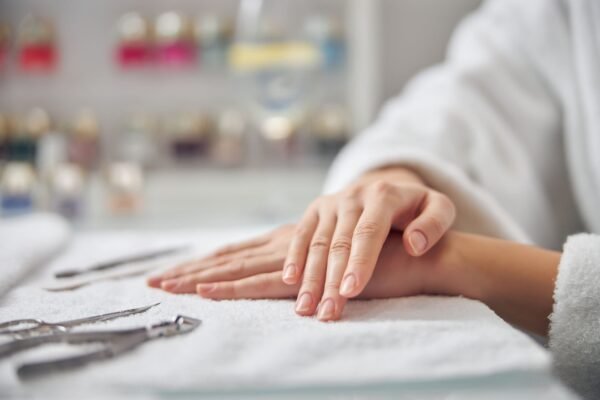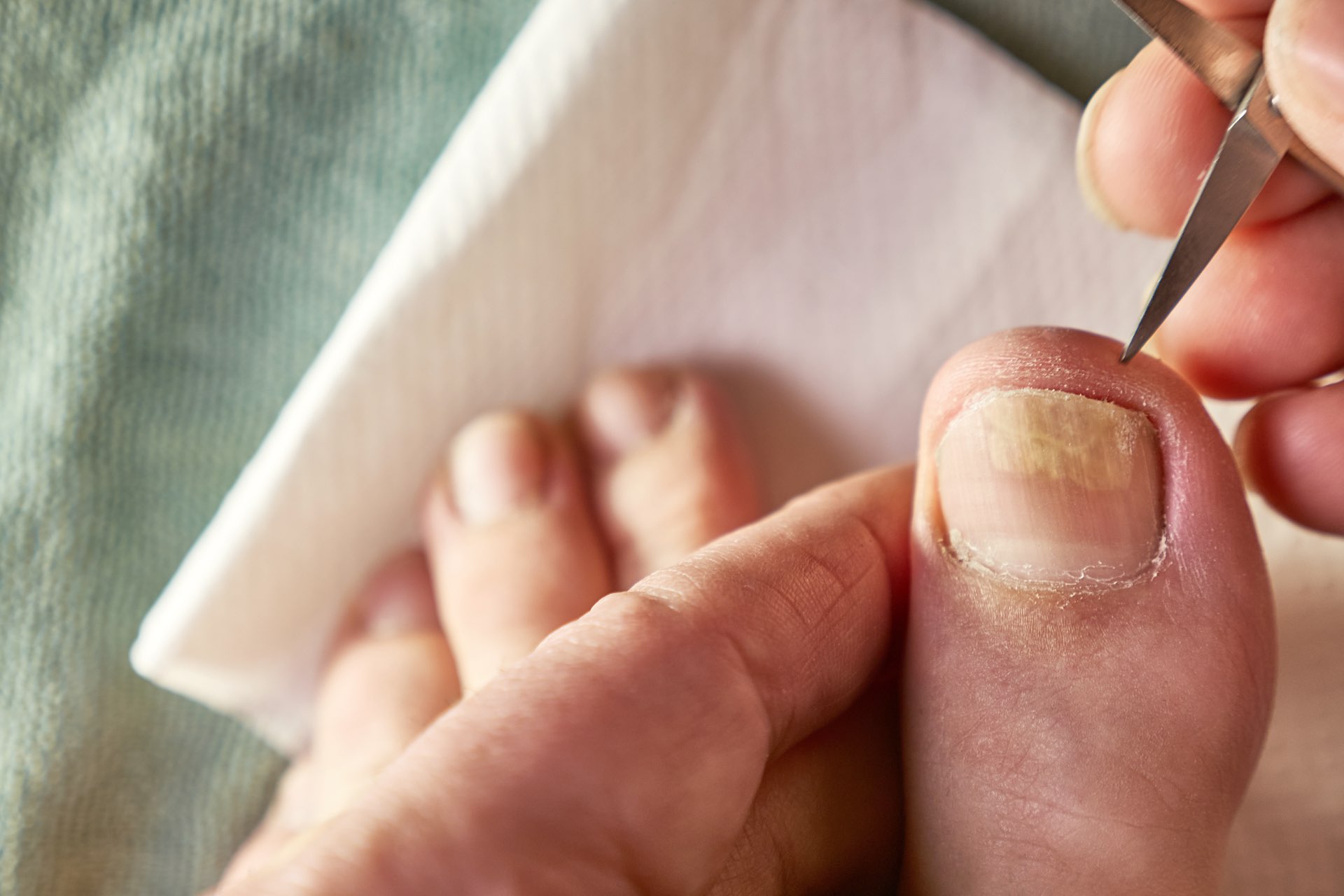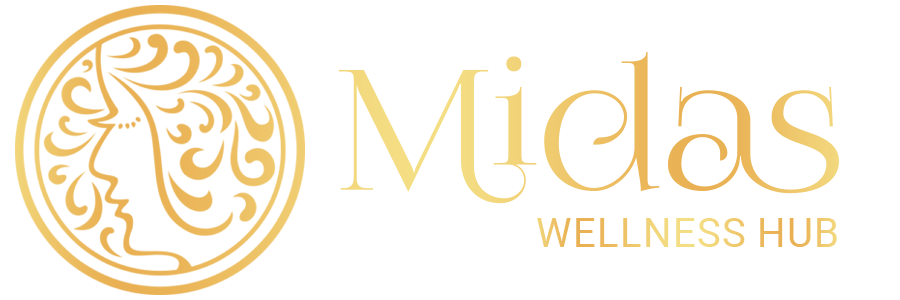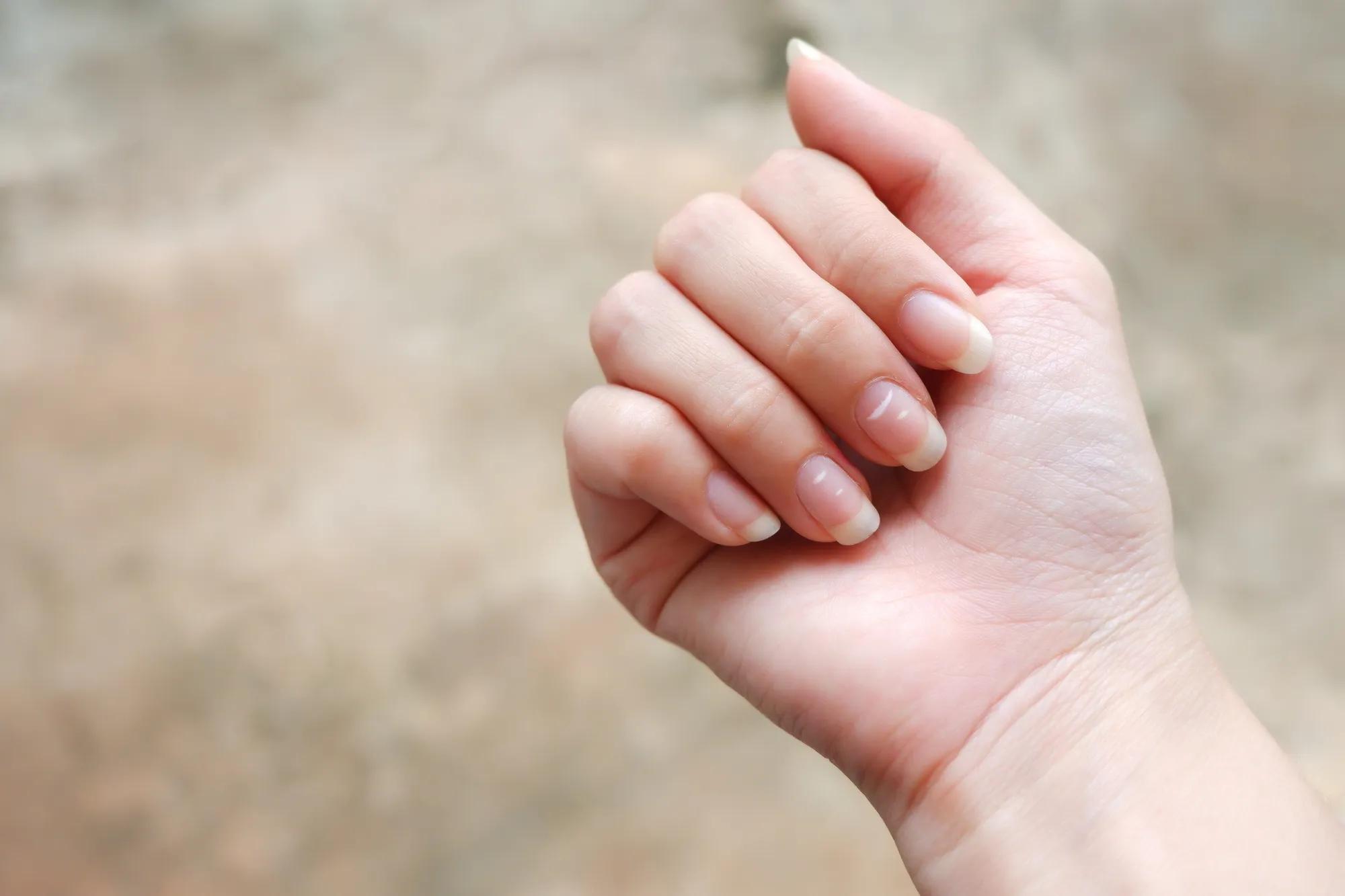
What Your Nails Reveal About Your Health: White Spots, Ridges & Deficiencies

What Your Nails Reveal About Your Health: White Spots, Ridges & Deficiencies
Most people look at their nails only when applying polish or trimming them. But your nails do much more than complete your grooming routine, they quietly reflect your internal health. The color, texture, lines, and spots on your nails can reveal nutritional deficiencies, hormonal imbalances, stress levels, circulation issues, and even early signs of chronic conditions.
Nails grow slowly, which means their appearance tells a story about what has been happening inside the body for weeks or even months. By learning how to read these nail changes, you may detect health concerns earlier and respond with the right care.
This blog explains the most common nail changes, such as white spots, ridges, discoloration, brittleness, breakage, and shape changes, and what they may indicate about your overall health.
Understanding How Nails Form and Why They Matter
Nails are made of keratin, the same protein found in your hair and skin. They grow from a structure called the nail matrix, located under the cuticle. When the body is healthy, nails grow smooth, firm, and evenly colored.
Any disturbance in your system, whether nutritional, hormonal, or related to illness, affects the matrix and shows up on the nails. This is why your nails can become a mirror of your internal wellness.
Factors that commonly influence nail health include:
• Nutrition
• Hydration
• Thyroid health
• Hormonal balance
• Stress and sleep quality
• Circulation
• Immune function
• Skin conditions
• Aging
• Exposure to chemicals or excessive moisture
Understanding the meaning behind nail changes helps you address early imbalances before they affect other systems in the body.
White Spots on Nails: Harmless or a Sign of Deficiency?

White spots (known as leukonychia) are one of the most common nail concerns. Most people associate them with calcium deficiency, but this is usually not the case.
What White Spots Usually Mean
In most cases, white spots appear due to:
• Minor nail trauma from typing, hitting the nail, or pushing cuticles
• Manicures or gel polish damage
• Excessive nail filing
• Allergic reactions to products like nail glue or polish
These spots often show up weeks after the injury because it takes time for the nail to grow.
When White Spots Signal a Deficiency
Though rare, persistent or widespread white spots may indicate:
• Zinc deficiency
• Protein deficiency
• Iron deficiency
• Vitamin B6 imbalance
These deficiencies weaken the nail matrix, causing disruptions in color or texture.
When to Pay Attention
If the white spots:
• Keep reappearing
• Cover large parts of the nail
• Affect multiple nails
• Are accompanied by brittle or peeling nails
then nutritional analysis or blood work may be beneficial. Addressing the deficiency usually improves nail clarity over time.
Nail Ridges: Why They Appear and What They Mean
:max_bytes(150000):strip_icc()/GettyImages-1272578962-34ab9a1663b84c6db9d873658e45855f.jpg)
Ridges are lines that run either vertically or horizontally on the nail. These lines can indicate aging, stress, dehydration, or deeper medical issues.
Vertical Ridges: A Normal Part of Aging or a Warning Sign?
Vertical ridges run from the cuticle to the tip. Mild ridging is completely normal and increases with age due to reduced cell turnover.
However, pronounced vertical ridges may suggest:
• Chronic dehydration
• Poor nutrition
• Iron deficiency
• Low vitamin B12 levels
• Reduced collagen
• Stress or sleep issues
• Poor circulation
• Digestive disorders affecting nutrient absorption
Strengthening nutrition and hydration often reduces the depth of these ridges.
Horizontal Ridges: When to Take Them Seriously
Horizontal ridges, called Beau’s lines, are more significant. They indicate that nail growth temporarily stopped due to a major stressor.
Possible causes include:
• High fever
• Severe illness
• Uncontrolled stress
• Trauma to the nail
• Chemotherapy
• Thyroid disorders
• Nutritional deficiencies
• Diabetes fluctuations
• Post-surgery recovery
Beau’s lines often appear weeks after the triggering event. Identifying and correcting the underlying issue improves nail growth and reduces future ridging.
Brittle, Peeling or Weak Nails: The Most Common Problem
Many people experience soft, thin, or easily breakable nails. This condition has multiple possible causes.
Common Causes of Brittle Nails
• Frequent exposure to water (dishwashing, long showers)
• Chemicals from detergents or nail polish remover
• Overuse of gel or acrylic nails
• Lack of dietary protein
• Iron deficiency
• Thyroid imbalance (particularly hypothyroidism)
• Low biotin intake
• Aging and menopause
• Chronic stress
• Low omega-3 fatty acids
If the nails peel in layers, it often suggests dehydration and protein deficiency.
Improving diet, taking breaks from nail polish, and applying cuticle oil can significantly improve nail strength.
Discoloration: When Nail Color Signals a Problem
Healthy nails are pinkish with a white crescent (lunula) near the cuticle. Any unusual color may indicate internal changes.
Yellow Nails
Often caused by:
• Excessive nail polish use
• Poor nail hygiene
• Smoking
• Fungal infections
Rare causes include:
• Thyroid disorders
• Chronic sinus issues
• Lymphatic congestion
Blue or Purple Nails
This usually points to poor circulation or low oxygen levels. It may appear during winter due to cold exposure but persistent discoloration requires medical attention.
White or Pale Nails
Can indicate:
• Anemia
• Liver disorders
• Poor circulation
• Malnutrition
Dark Brown or Black Streaks
This is a serious sign and may indicate:
• Melanoma
• Fungal infection
• Trauma
• Medication effects
Dark streaks should always be evaluated by a doctor.
Nail Shape Changes: What Curving, Spoon Nails, and Clubbing Reveal
Some changes in nail shape are more than cosmetic. They may be linked to deeper health conditions.
1. Spoon Nails (Koilonychia)
The nails curve upward like a spoon. This is often associated with:
• Iron deficiency anemia
• Chronic blood loss
• Liver disease
• Heart disease
• Hypothyroidism
Increasing iron-rich foods and correcting anemia usually restores nail shape gradually.
2. Clubbing of Nails
The nails round and enlarge, and fingertips appear swollen. This is a major sign of systemic changes.
Linked to:
• Lung disease
• Heart disorders
• Liver disease
• Inflammatory bowel disease
• Chronic infections
Clubbing is not a cosmetic issue and requires prompt evaluation.
3. Pitting of Nails
Small depressions or pits in the nail surface may indicate:
• Psoriasis
• Eczema
• Alopecia areata
• Autoimmune disorders
These conditions affect both nail matrix and immune function.
Nutritional Deficiencies Most Commonly Reflected in Nails
Your nails can highlight deficiencies long before blood tests catch them. Some key deficiencies to watch for include:
Iron Deficiency
Symptoms include:
• Brittle nails
• Spoon nails
• Pale nail beds
• Vertical ridges
Iron is essential for oxygen delivery to the nail matrix.
Vitamin B12
Low B12 leads to:
• Dark pigmentation
• Blue nails
• Slow nail growth
• Pronounced ridges
B12 is crucial for cell formation and nerve function.
Zinc Deficiency
May cause:
• White spots
• Weak immunity
• Slow wound healing
Zinc supports keratin production and tissue repair.
Protein Deficiency
Protein is the building block of nails. Low intake can cause:
• Peeling nails
• Slow growth
• Soft texture
Biotin Deficiency
Biotin improves nail strength. Deficiency is rare but may occur with:
• Digestive disorders
• Long-term antibiotics
• Excess alcohol intake
Omega-3 Deficiency
Low omega-3 contributes to:
• Dry, brittle nails
• Rough texture
• Inflammation around the nail bed
Skin and Hormonal Conditions Linked to Nail Changes
:max_bytes(150000):strip_icc()/VWH_DermNet_Psoriasis_Nail_01-08fe8381cd254c2bac55339282d53664.jpg)
The nails often reflect dermatological or hormonal disorders long before symptoms fully develop.
Thyroid Conditions
Hypothyroidism may cause:
• Brittle nails
• Slow growth
• Ridging
• Dry cuticles
Hyperthyroidism may cause thinner, softer nails that detach easily.
Psoriasis
Psoriasis can affect the nails with:
• Pitting
• Discoloration
• Ridges
• Thickening
• Crumbling edges
Early treatment prevents long-term damage.
Hormonal Imbalances and Menopause
Low estrogen levels affect hydration and collagen, causing:
• Brittle or peeling nails
• Slow growth
• Ridge formation
When Nail Changes Are a Sign to See a Doctor
Some nail changes should never be ignored:
• Sudden or severe discoloration
• Dark streaks
• Thickening or crumbling
• Persistent pain or swelling
• Nail detachment
• Clubbing of fingertips
• Deep horizontal ridges
• Changes affecting many nails at once
These may indicate systemic disorders that need medical attention.
How to Maintain Healthy, Strong Nails

Improving nail health requires both internal and external care.
Internal Care: Nutrition and Hydration
• Eat enough protein daily.
• Include iron-rich foods such as lentils, spinach, and eggs.
• Ensure adequate B12 intake.
• Consume omega-3 sources like seeds, walnuts, and fish.
• Add zinc-rich foods such as pumpkin seeds and legumes.
• Drink enough water daily.
• Manage stress through movement and sleep.
External Care: Daily Nail Hygiene
• Avoid harsh nail polishes and removers.
• Moisturize cuticles daily with oil.
• Avoid biting or picking nails.
• Limit exposure to water and detergents.
• Keep nails trimmed and filed gently.
• Take breaks from gel and acrylics.
Conclusion
Your nails are more than a beauty feature, they are a diagnostic window into your internal health. From simple white spots to deep ridges and discoloration, each change carries valuable information about your nutritional status, stress levels, hormonal balance, and overall wellness.
Understanding these signs allows you to take early action, whether through diet, lifestyle improvement, or medical care. With consistent attention to internal health and mindful nail care, your nails can become stronger, clearer, and healthier, reflecting a balanced and nourished body from within. Book Now at Midas Wellness Hub.

